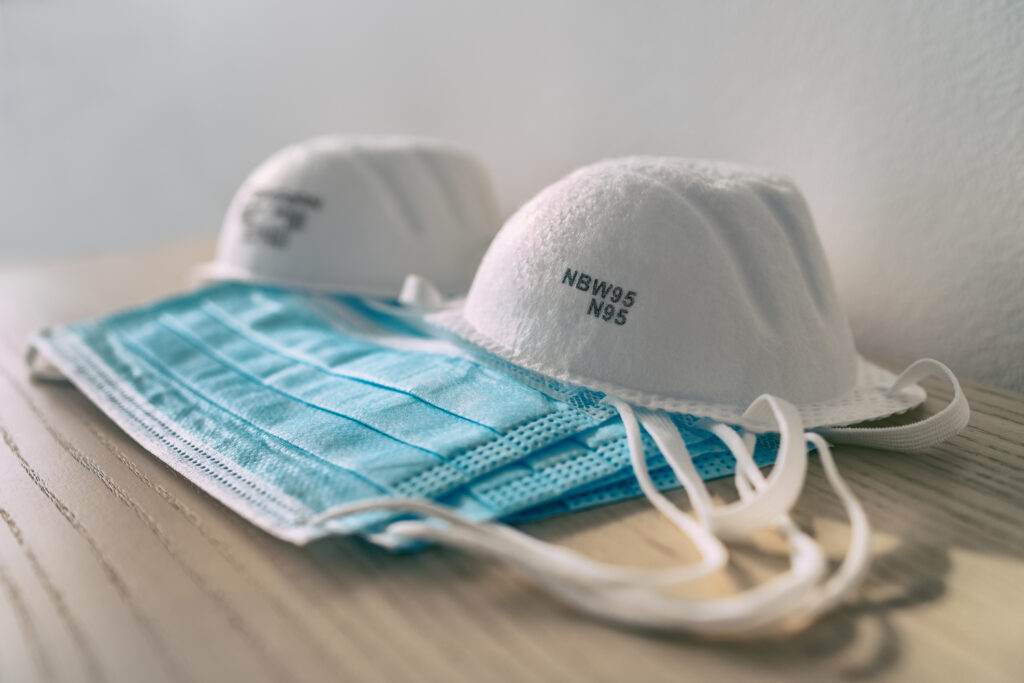
Many manufacturers did their part, but federal coordination is desperately needed.
When the novel coronavirus struck the United States earlier this year, it quickly became apparent that the country did not have the supplies it needed to weather the crisis.
That’s when American manufacturers stepped up. Auto companies like Ford and General Motors teamed with the United Autoworkers union to make ventilators, face shields and other personal protective equipment (PPE). Apparel companies big and small began making facemasks and hospital gowns, first for health care workers and then for the general public.
Companies like Prestige Ameritech in Texas offered to step up production of N-95 masks, as did corporations like 3M (which is now making 50 million N-95 masks a month). New companies also began to crop up to begin making PPE.
All the while, politicians on both sides of the aisle began to reach consensus that the United States must build up its critical manufacturing capabilities. Presumptive Democratic presidential nominee Joe Biden last week outlined his plan for doing just that.
But despite all of this – despite all the hard work of manufacturers, despite all the talk from policymakers left and right – the United States once again finds itself without enough PPE. Axios reports:
“Supplies are already stretched thin, and will likely get thinner as the coronavirus and flu season converge in the fall. … Health care workers are sounding the alarms that they have to reuse masks and other supplies, and are worried their grievances are going unnoticed again.”
How can this be? How can we be five months into the shutdowns and still have health care workers reusing masks?
Part of the problem is that decades of offshoring meant that our domestic manufacturing base was severely depleted when this crisis began. Writing in the New York Times back in April, AAM President Scott Paul noted that the “absence of adequate domestic production capacity for things like face shields and respirators, coupled with the frailty of on-demand global supply chains and our utter reliance on them – for everything from the ingredients in our medications to parts of breathing machines – has left us dangerously exposed during an international health emergency.”
But still, American manufacturers did their best to bridge the gap. Companies like American Roots, New Balance, and Stormy Kromer never should have had to pivot their factory lines to make PPE. But pivot they did.
It’s the federal government that failed.
As the New York Times reported, much of the problems we are facing now “could have been avoided if the federal government had embraced a more aggressive approach toward procuring and distributing critical supplies in the early days of the pandemic.”
President Trump and his team have hesitated to deploy a centralized strategy to respond to the crisis. But because of the lack of coordination and guidance at the federal level, the “United States remains dependent on overseas manufacturers and fly-by-night middlemen who have jacked up prices sevenfold amid soaring global demand, according to supply chain specialists and public health experts, who warn that the problem will intensify as the pandemic spreads. The handful of American companies still making protective equipment domestically say they are already at maximum capacity.”
In the early days of the crisis, policymakers often referred to the PPE market as the “Wild West.” In many cases, it continues to be that way.
Not surprisingly, experts like those at the American Medical Association want the Trump administration to use the Defense Production Act (DPA) to direct companies to make the critical supplies needed by health care facilities, nursing homes and other key locations across the country. Many experts also want the government to “play a more muscular role in the production, procurement and distribution of crucial supplies.”
Biden’s plan for tackling the shortages includes a lot of what those folks are asking for, including implementing the DPA to make critical supplies and using “federal purchasing power to bolster domestic manufacturing capacity for designated critical products.” Once the crisis is over, Biden says he also wants to rebuild the national PPE stockpile and shift supply chain manufacturing back to the United States.
Meanwhile, while Trump has talked up manufacturing for much of his presidency, he continues to avoid using the DPA to increase production, deploying it only a handful of times thus far. Meanwhile, the Washington Post last week reported that some White House officials are describing the concerns over PPE as “overblown.”
All the while, COVID-19 cases continue to rise, making the problem even more urgent. As of this posting, at least 137,000 Americans have died of the disease.
